Tra Co Beach
With the extensive beach of smooth white sand and blue transparent water, Tra Co Beach is the border of a natural island which is created by the impact of waves and sea stream onto the shore.
Tra Co is located on the far northeast of the country, in Quang Ninh Province, bordering China, and is 9km away from Mong Cai Town. It is 206 kilometers from Hai Phong City to Mong Cai Town. However, some other prefer to depart from Hon Gai (Ha Long) for a shorter distance of 132 kilometers.
.jpg)
On the way to the beach, tourists may notice crowded villages living mostly on fishing activities on both sides of the way, a number of high sand dunes of 3-4 meters, stretching rows of casuarinaceae preventing sand storm for the local residents, and mangroves from a far.
Tra Co Beach stretches over 17 kilometers long from Got Tip in the North to Ngoc Tip in the South. Thanks to the huge size, the beach is capable of accommodating a large number of tourists at a time. Thanks to a far distance from the city and industrial zones, Tra Co atmosphere is cool and fresh that bears solitudes and primitive patterns. The year’s average temperature of Tra Co is 22.7 Degree Celsius. There are four months when it goes below 20 Celsius degree (December to March), and the .highest temperature recorded is 28 Celsius degree only in the summer.
Most tourists prefer Tra Co Beach because that there are very few shops, restaurants, and street vendors here. If tourists want some fresh seafood, they can find it easy and cost-saving from fishing boats anchoring on the shore at its freshest.
.jpg)
If tourists come to Tra Co at the end of lunar calendar May, they can take part in “Tra Co Festival”, which occurs from May 30 to June 6 of the year. During 6 days of the festival, all the quintessence of Tra Co is revealed to tourists.
See more
-
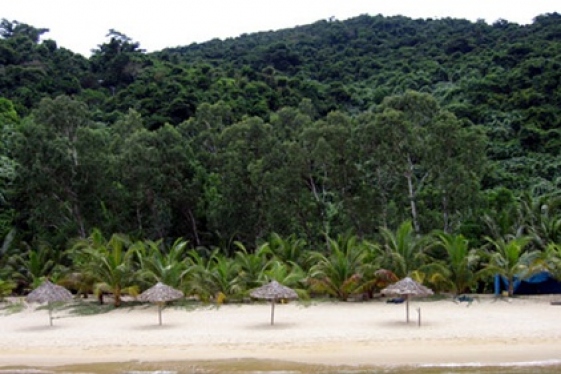
Cong Tay Island
Cong Tay Island is located in Bai Tu Long Bay, part of the tour around Ngoc Vung Island in Quan Lan, about 40km off Bai Chay Cruise Port. Ships and cruises normally run from...
-
.jpg)
Hue Imperial Citadel
Famously being one of Vietnam’s seven UNESCO World Heritage Sites, the Imperial City of Hue has long been a must-see attraction for tourists visiting a hidden charm of...
-

Sung Sot Cave
Sung Sot Cave is situated on Hon Bo Island and one of the most beautiful and largest caves in Halong bay . Sung Sot Cave is filled with unsual rock formations, which are...
-
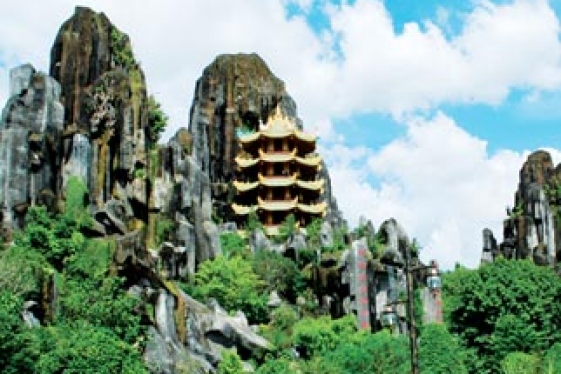
Marble Mountain
Marble Mountains, located a short distance from the City centre, are familiar to everyone who has been to Danang City and are a symbol of the area. The ambience of pagodas,...
-
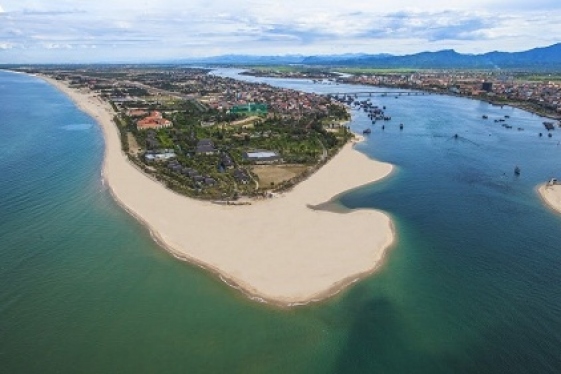
Nhat Le beach - The beautiful beach in Quang Binh
Nhat Le beach has still remains many wild features with white sand, blue sea that create the charming scenery. It is great to enjoy the landscape with clean water, gentle...
-
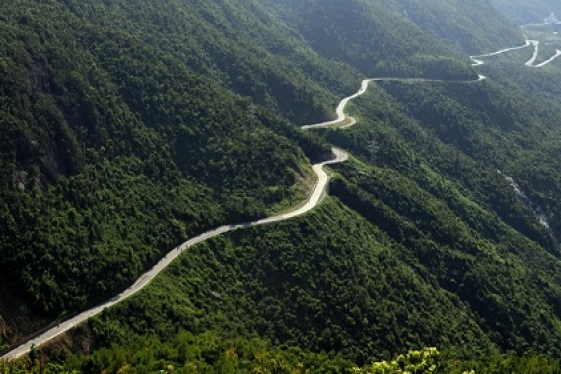
Ngang Pass
Ngang Pass is one of the most famous attractions in Quang Binh . Ngang Pass is the mark of the history and become a legend. The image of Ngang pass appears in many...
-
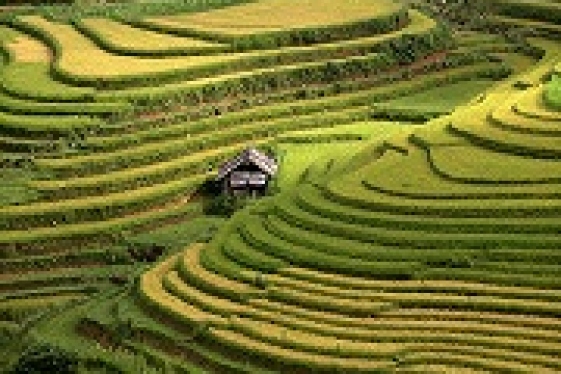
Ta Phin Village
Ta Phin village is famous as an attractive ecotourism of Lao Cai province and shoul not be missed when traveling to Sapa . Ta Phin village is home to...
-
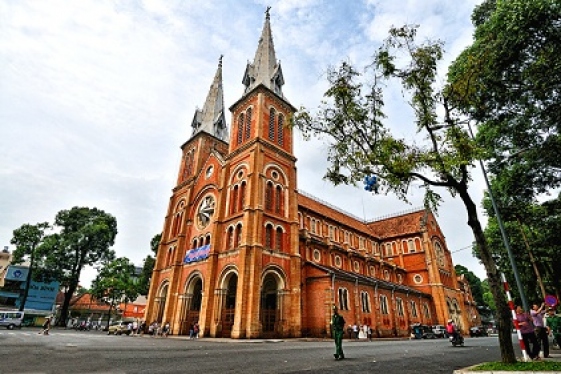
Notre Dame Cathedral in Ho Chi Minh
In a quiet corner of bustling downtown Ho Chi Minh City stands Notre Dame Cathedral, the one remaining stronghold of Catholicism in the largely Buddhist Vietnam.
-
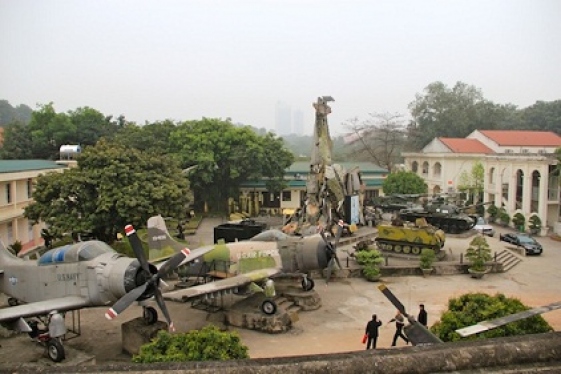
Museum of History of Vietnamese Military
Also popularly known as Military Museum, this is one of the oldest museums in Hanoi.
-
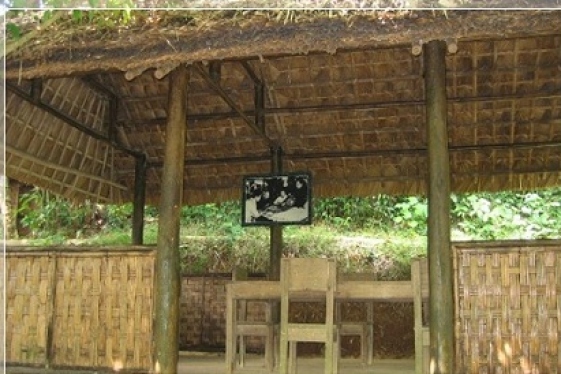
The historical relic - ATK
The most famous historical relic in Bac Kan is ATK, the complex of underground tunnels and rooms emboldened by a missile defense system in Cho Don (Bac Kan).
Destinations
Most popular tours
-

Vietnam Family Holiday
Price from: 1.210 US$
-
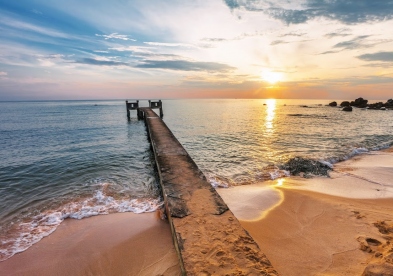
Central Coast Vietnam
Price from: 2.014 US$
-
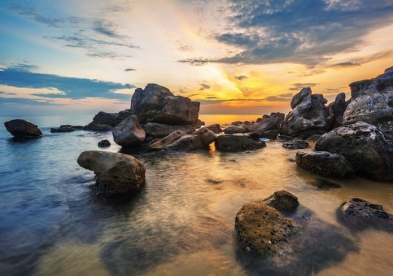
Mui Ne Beach Break
Price from: 360 US$
-

The Finest Vietnam
Price from: 2.420 US$
Business info
Vietnam Local Guide
- Address: 18th Floor, VTC Online Tower, 18 Tam Trinh Str.,Hai Ba Trung Dist., Hanoi, Vietnam
- Email: info@vietnamguider.com
- Phone: (+84) 0904989890
- Hotline: (+84) 0904989890